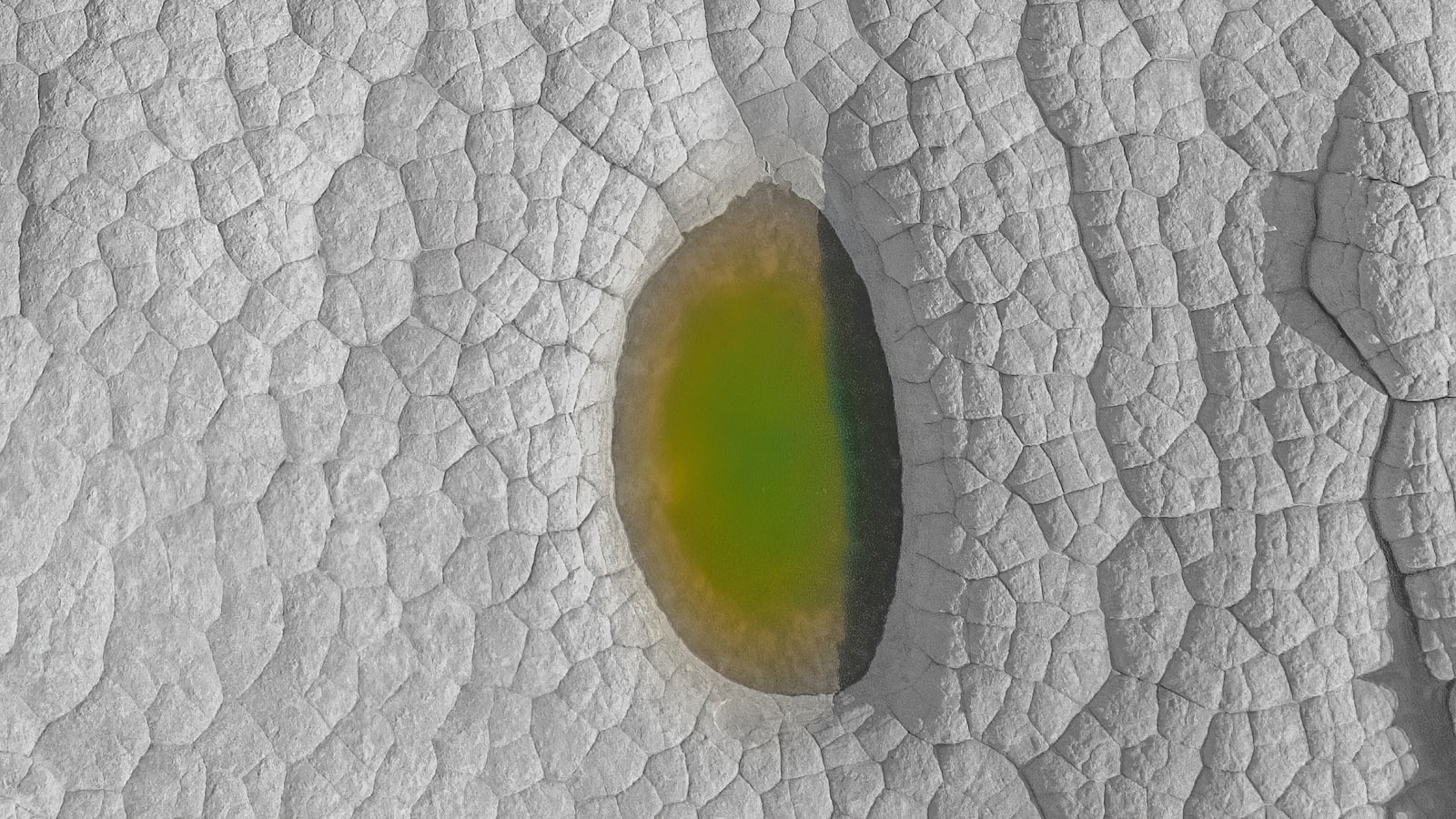文章首发于:clawhub.club
为什么要有扩容:
- 随着HashMap中元素的数量增长,计算hash发生碰撞的概率也就越来越大,所产生的链表长度越来越长,这样也就影响到HashMap的性能。
- 为了保证HashMap的效率,要增加HashMap长度,以减少桶内节点太多。即在某个临界点进行扩容处理。
进行扩容,会发生一次重新hash分配,而且会遍历hash表中所有的元素,这是是非常耗时的。在编写程序中,要尽量避免resize。
- 如果我们已经预知 HashMap 中元素的个数,那么预设元素的个数能够有效的提高 HashMap 的性能。
临界点选择:
当 HashMap 中的 size >= threshold 时,HashMap 就要扩容。
- size:HashMap表中包含的键值映射的数目。
- threshold:要调整大小的下一个大小的阈值,等于(capacity * loadFactor)。
- capacity:HashMap容量
- loadFactor:哈希表的加载因子。
源码分析:
1
2
3
4
5
6
7
8
9
10
11
12
13
14
15
16
17
18
19
20
21
22
23
24
25
26
27
28
29
30
31
32
33
34
35
36
37
38
39
40
41
42
43
44
45
46
47
48
49
50
51
52
53
54
55
56
57
58
59
60
61
62
63
64
65
66
67
68
69
70
71
72
73
74
75
76
77
78
79
80
81
82
83
84
85
86
87
88
89
90
91
92
93
94
95
96
97
98
99
100
101
102
103
104
105
106
107
108
109
110
111
112
113
114
115
116
117
118
119
120
121
122
123
124
125
126
127
|
final Node<K, V>[] resize() {
Node<K, V>[] oldTab = table;
int oldCap = (oldTab == null) ? 0 : oldTab.length;
int oldThr = threshold;
int newCap, newThr = 0;
if (oldCap > 0) {
if (oldCap >= MAXIMUM_CAPACITY) {
threshold = Integer.MAX_VALUE;
return oldTab;
} else if ((newCap = oldCap << 1) < MAXIMUM_CAPACITY &&
oldCap >= DEFAULT_INITIAL_CAPACITY)
newThr = oldThr << 1;
} else if (oldThr > 0)
newCap = oldThr;
else {
newCap = DEFAULT_INITIAL_CAPACITY;
newThr = (int) (DEFAULT_LOAD_FACTOR * DEFAULT_INITIAL_CAPACITY);
}
if (newThr == 0) {
float ft = (float) newCap * loadFactor;
newThr = (newCap < MAXIMUM_CAPACITY && ft < (float) MAXIMUM_CAPACITY ?
(int) ft : Integer.MAX_VALUE);
}
threshold = newThr;
@SuppressWarnings({"rawtypes", "unchecked"})
Node<K, V>[] newTab = (Node<K, V>[]) new Node[newCap];
table = newTab;
if (oldTab != null) {
for (int j = 0; j < oldCap; ++j) {
Node<K, V> e;
if ((e = oldTab[j]) != null) {
oldTab[j] = null;
if (e.next == null)
newTab[e.hash & (newCap - 1)] = e;
else if (e instanceof TreeNode)
((TreeNode<K, V>) e).split(this, newTab, j, oldCap);
else {
Node<K, V> loHead = null, loTail = null;
Node<K, V> hiHead = null, hiTail = null;
Node<K, V> next;
do {
next = e.next;
if ((e.hash & oldCap) == 0) {
if (loTail == null)
loHead = e;
else
loTail.next = e;
loTail = e;
} else {
if (hiTail == null)
hiHead = e;
else
hiTail.next = e;
hiTail = e;
}
} while ((e = next) != null);
if (loTail != null) {
loTail.next = null;
newTab[j] = loHead;
}
if (hiTail != null) {
hiTail.next = null;
newTab[j + oldCap] = hiHead;
}
}
}
}
}
return newTab;
}
|
结论:
HashMap使用resize()方法来进行扩容,计算table数组的新容量和Node在新数组中的新位置,将旧数组中的值复制到新数组中,从而实现自动扩容。
- 1、当空的HashMap实例添加元素时,会以默认容量16为table数组的长度扩容,此时 threshold = 16 * 0.75 = 12。
- 2、当不为空的HashMap实例添加新元素数组容量不够时,会以旧容量的2倍进行扩容,当然扩容也是大小限制的,扩容后的新容量要小于等于规定的最大容量,使用新容量创建新table数组,然后就是数组元素Node的复制了,计算Node位置的方法是 index = (n-1) & hash,这样计算的好处是,Node在新数组中的位置要么保持不变,要么是原来位置加上旧数组的容量值,在新数组中的位置都是可以预期的(有规律的),并且链表上Node的顺序也不会发生改变。




